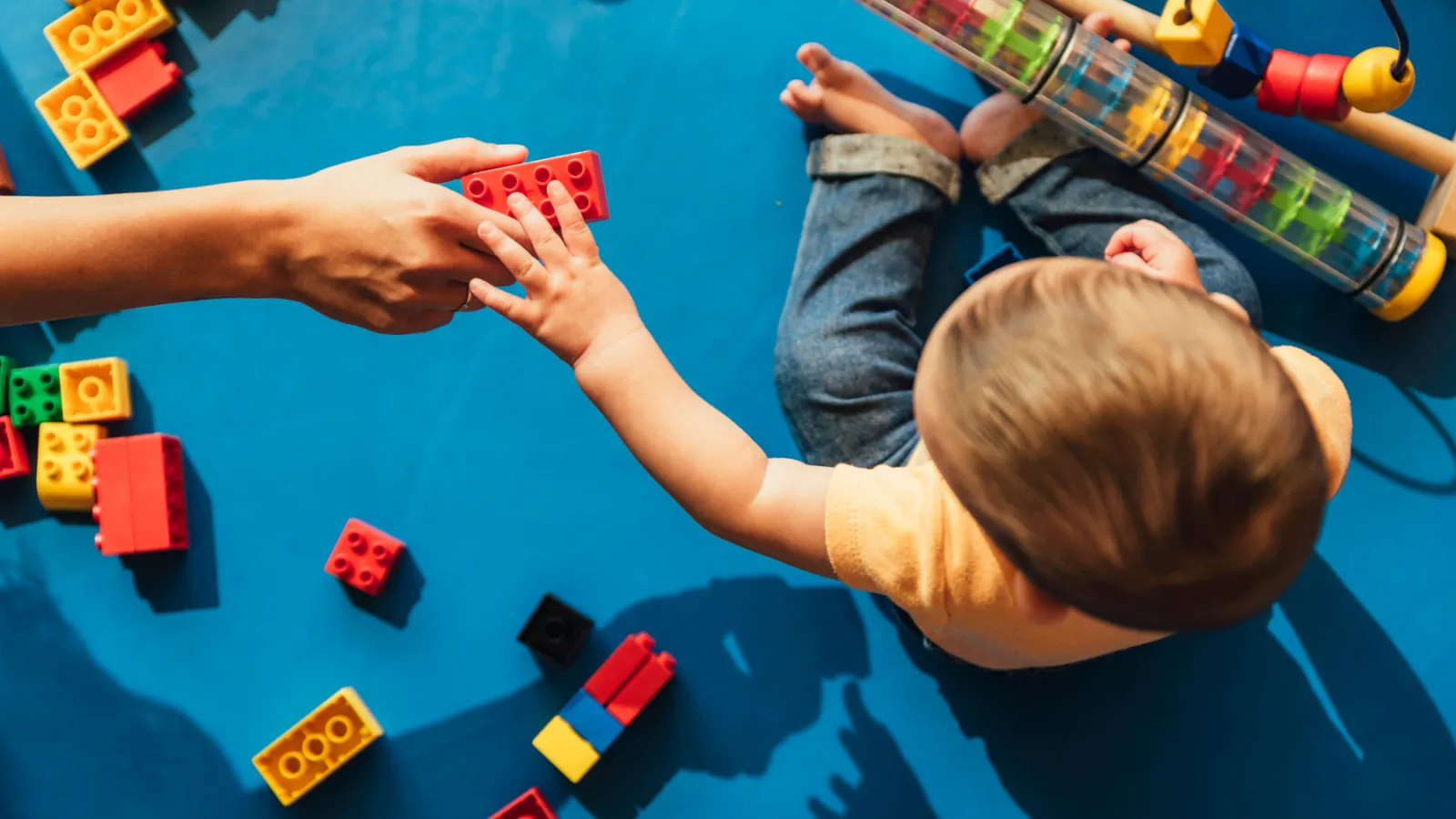Banner

Title
resources
Resource Library
Our Resource Library contains materials and assistance for early childhood educators and those they serve. Explore our selection of podcasts, tip sheets, websites, documents, and self-study courses.
Results: Page 87 of 219
| Resource Name | Description | Resource Type |
|---|---|---|
| Help Your Baby Sleep Safely So You Can Sleep Soundly | From the American Academy of Pediatrics, "few things make you value sleep more than when you have a new baby. (We're parents, too. We understand.) We can't promise you more sleep, but we can offer you this―less worry and deeper sleep because you know your baby is sleeping safely." | Website |
| Helpful Books | The list of books address Incarceration and Social Justice and was created by Resilience Beyond Incarceration. | Document |
| Helpful Strategies for Autism in Preschool Classrooms | Preschool is a great time for children to work on social skills, following directions and routines, and pre-academic skills, such as colors, shapes, letters, and numbers. This resource is from North Shore Pediatric Therapy. | Website |
| Helping Children Cope After a Disaster | Children can cope more effectively with a disaster when they feel they understand what is happening and what they can do. Providing basic information may help them cope. However, programs should be careful not to provide unnecessary details that may only alarm them. | Document |
| Helping Children Cope with Emergencies | The NCBDDD and the Children's Preparedness Unit recently released this new Spanish-language resource (June 2018) to assist parents, caregivers, and healthcare providers helping children with special healthcare needs to prepare or recover from a disaster. | Website |
| Helping Children Deal With Grief | “Most young children are aware of death, even if they don’t understand it. Death is a common theme in cartoons and television, and some of your child’s friends may have already lost a loved one. But experiencing grief firsthand is a different and often confusing process for kids.” To learn more, check out this resource from The Child Mind Institute. | Website |
| Helping Children Make Transitions Between Activities: What Works Brief | Short training package from Center for Social Emotional Foundations of Early Learning provides trainers with the materials needed to conduct a short staff development program on transitions in the classroom. | Document |
| Helping Children Understand Emotions When Wearing Masks | From The National Center for Pyramid Model Innovations (NCPMI): "Young children look for emotional cues from caregivers to help interpret the environment and rely on their caregiver’s facial expressions, tone of voice, and body posture to identify and understand emotions. Here are tips and ideas for helping children identify emotions when your face, your most expressive feature, is covered by a mask. Use these strategies to let children know that behind the mask, a kind and warm expression is still there!" | Document |
| Helping Children with Cerebral Palsy | Get connected with emotional, medical and financial help. Give your child the best life possible. Let us help you find medical options, emotional support and financial assistance through legal claims. Learn more about what?s available to you and get the support you need. Learn About Support Options | Website |
| Helping Children With Selective Mutism During the Holidays | This article is written by Lindsay Macchia, PhD., at the Child Mind Institute and explains “how to be supportive and help kids shine during family gatherings and parties.” | Website |
Results: Page 87 of 219